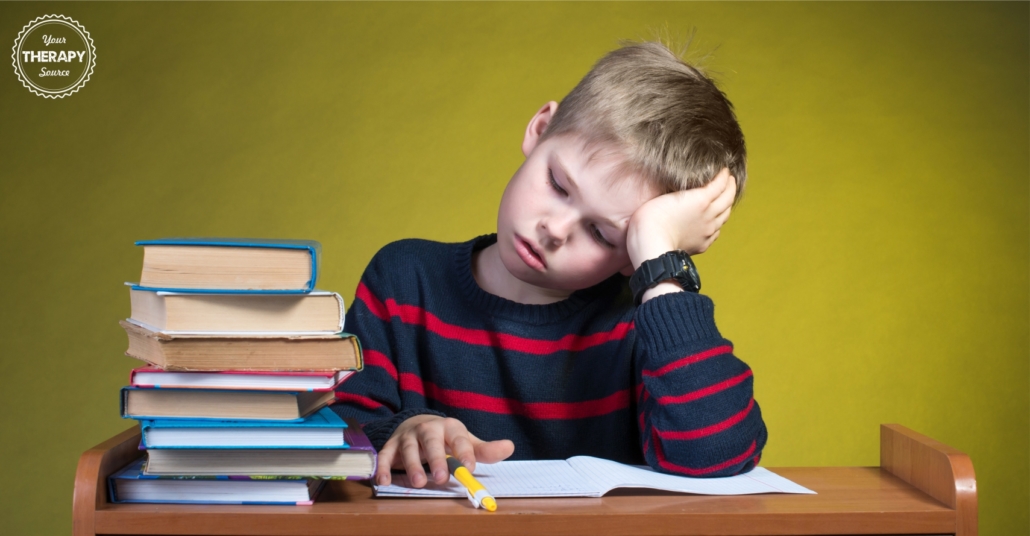Reading and Movement Activities

Did you know that reading is associated with movement activities? Some research indicates that higher levels of physical activity and lower levels of sedentary time are associated with better brain structures and functions in children.
With more and more classrooms under the pressures of state testing, academic time becomes a priority and students can be sitting for long periods of time and decreased physical activity time. Researchers explored the difference between physical activity time and reading and arithmetic skills comparing boys and girls.
Study on Reading, Math, and Movement
A study was completed on reading and movement activities. The Journal of Science and Medicine in Sport published research on the association of moderate-to-vigorous physical activity (MVPA) and sedentary time (ST) with reading and arithmetic skills in 89 boys and 69 girls aged 6–8 years.
MVPA and ST were assessed by monitoring heart rate, using a movement sensor and measuring body fat percentage. Reading fluency, reading comprehension, and arithmetic skills were evaluated using standardized tests in Grades 1–3.

Results of the Study on Reading and Movement Activities
Data analysis revealed the following:
- for boys, MVPA was directly and ST inversely associated with reading fluency in Grades 1–3 and arithmetic skills in Grade 1.
- for boys. higher levels of MVPA were also related to better reading comprehension in Grade 1.
- for boys, a combination of lower levels of MVPA and higher levels of ST had consistently poorer reading fluency and reading comprehension across Grades 1–3.
- for girls, ST was directly associated with arithmetic skills in Grade 2. However, this relationship of ST with arithmetic skills was no longer significant after adjustment for body fat percentage.
Conclusion
The researchers concluded that lower levels of moderate to vigorous physical activity, higher levels of sedentary time, and particularly the combination of the two, were related to poorer reading skills in boys.
Reference: Haapala, Eero A., et al. “Physical activity and sedentary time in relation to academic achievement in children.” Journal of Science and Medicine in Sport (2016). DOI: http://dx.doi.org/10.1016/j.jsams.2016.11.003

The ABC’s of Active Learning © digital download offers readers tons of multisensory literacy activities based on each alphabet letter. This book, based on years of experience as school-based therapists, is written by Laurie Gombash, PT with a Master’s degree in Education and Lindsey Justice, OT. Explore educational concepts through movement and multiple senses to give children opportunities to learn in ways they understand. The alphabet activities from A to Z are a collection of activities that can be used with children of all abilities.
Need more ideas? Check out the ABC’s of Movement® digital download of 26 educational flash cards that combine movement with literacy development.



